Fascinating photographs show how Qatar’s capital city has undergone an incredible transformation over the past 50 years.
Then and now pictures, courtesy of Qatar Tourism, illustrate how Doha’s landmarks and landscapes have changed dramatically over a period of time that amounts to a blink of an eye, historically.
For example, the Sheraton Grand Hotel was once the only building to mark the flat stretch of sand along the West Bay area. A glittering skyline of sci-fi-style skyscrapers has since sprouted by the water’s edge.
As this rapid development got underway, notable pieces of Qatari history – such as the Barzan Towers and the Al Zubarah Fort – were preserved and restored. And there’s more besides.
Qatar Airways Group Chief Executive and Chairman of Qatar Tourism, His Excellency Mr Akbar Al Baker, said: ‘Qatar has a fascinating history for such a small country, stretching back way into the annals of ancient human history. Yet no period has been as dramatic and transformational as the past 50 years, where huge infrastructure programmes have made modern Doha essentially unrecognisable from how it used to be.’
Scroll down to see the astonishing contrast between past and present…

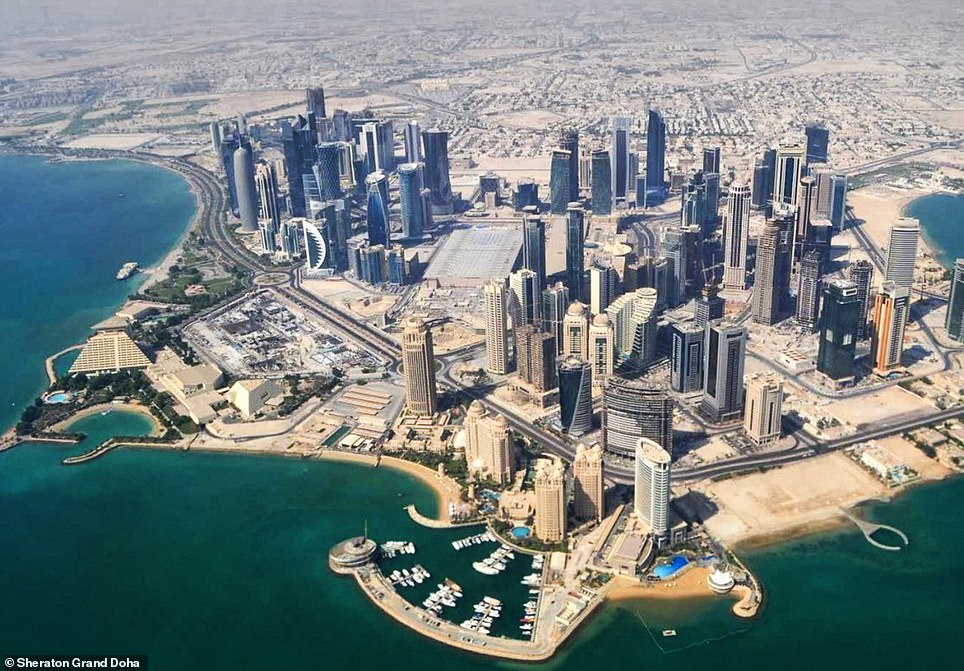 ‹ Slide me ›
‹ Slide me ›
WEST BAY SKYLINE: The picture on the left, taken in the late 1970s, shows the Sheraton Grand Doha Resort and Convention Hotel in West Bay being constructed. Over the decades, a stunning transformation of the area took place. In contemporary Doha, the Sheraton stands among a forest of sci-fi skyscrapers
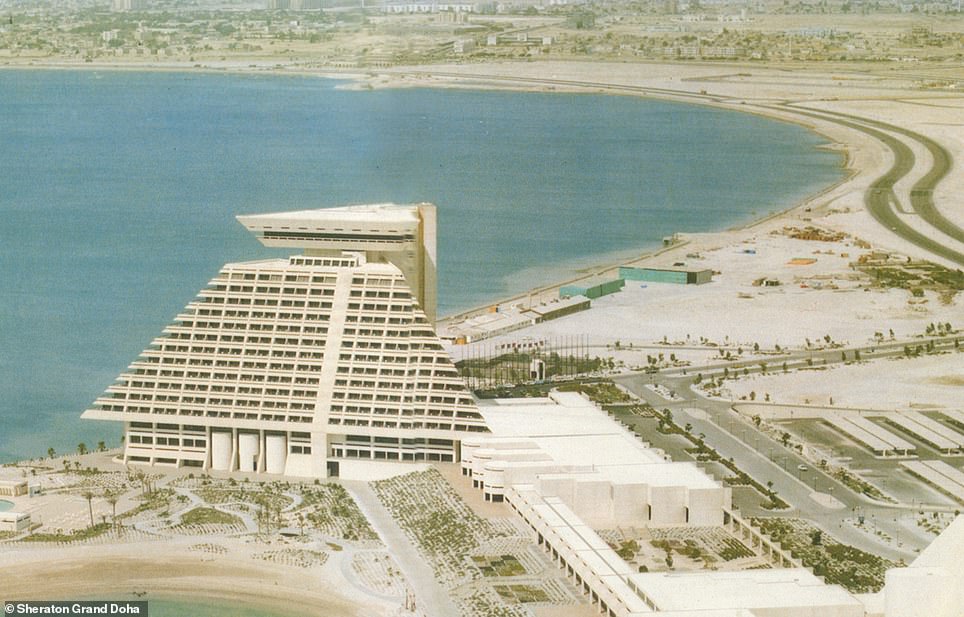
 ‹ Slide me ›
‹ Slide me ›
SHERATON HOTEL: Shaped like a pyramid and built on the shores of Doha Bay, The Sheraton opened on February 22, 1982. The hotel’s steel frame and prefabricated panels were new methods of construction in Qatar at the time

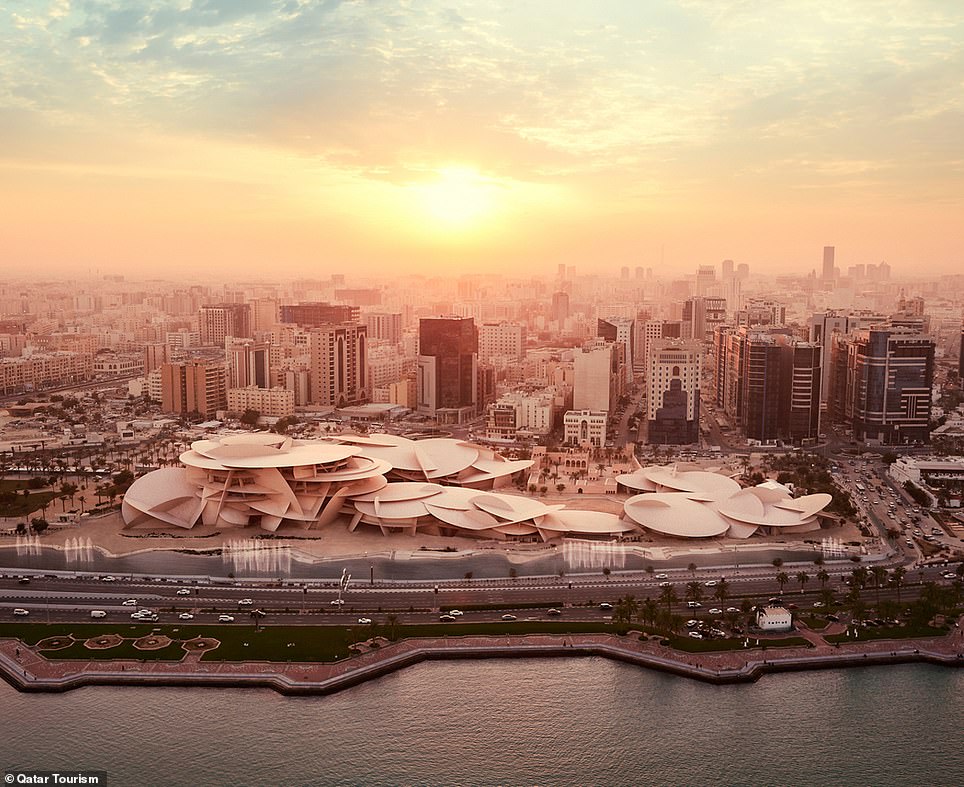 ‹ Slide me ›
‹ Slide me ›
NATIONAL MUSEUM OF QATAR (NMOQ): The Old Palace of Sheikh Abdullah bin Jassim Al Thani is one of Doha’s most recognisable landmarks. The palace is now encased by the UFO-like National Museum of Qatar (NMoQ), which opened its doors as a museum in 2019. The museum was designed by French architect Jean Novel, who was inspired by the form and shape of a desert rose

 ‹ Slide me ›
‹ Slide me ›
OLD SHEIKH’S PALACE: To the left, you’ll see the historic palace of Sheikh Abdullah bin Jassim Al-Thani as it appeared in 1960. Known as ‘The Old Palace’, the grand building was constructed during the early 20th century. The palace, which once stood as the seat of government in Qatar, has been restored several times over the years

 ‹ Slide me ›
‹ Slide me ›
TOWER IN AL BIDDA PARK: The photograph on the left was taken around 1959, showing the tower on an old fort in Al Bidda Park. The tower was reconstructed as part of the restoration of the park, which is near Doha Bay
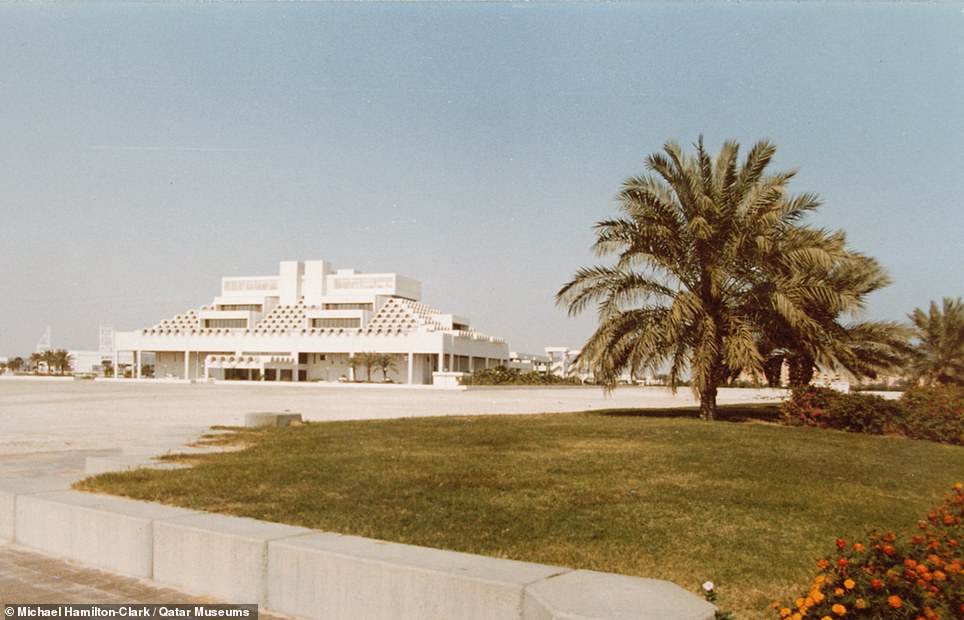
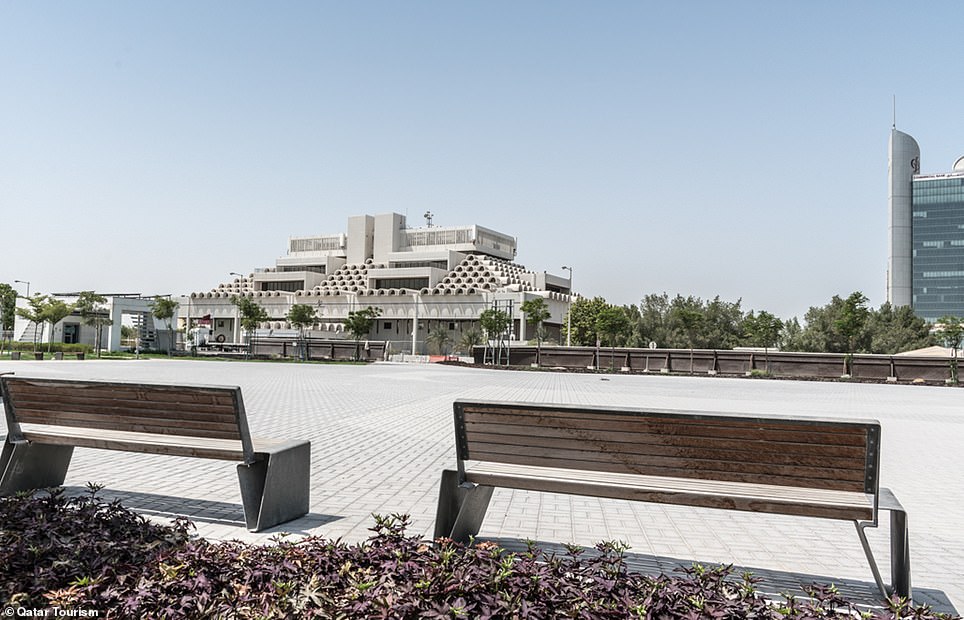 ‹ Slide me ›
‹ Slide me ›
DOHA POST OFFICE: The main post office of Doha was constructed in 1979, and it’s still in operation today. The distinctive design of the roof helps to bring light into the space while keeping the building cool

 ‹ Slide me ›
‹ Slide me ›
CENTRAL BANK: The snapshot on the left dates back to the 1970s. Originally known as the Qatar Monetary Agency, the Qatar Central Bank HQ was established in 1973. Once it was founded, the bank issued a new currency called the Qatari Riyal, which is still the country’s official currency
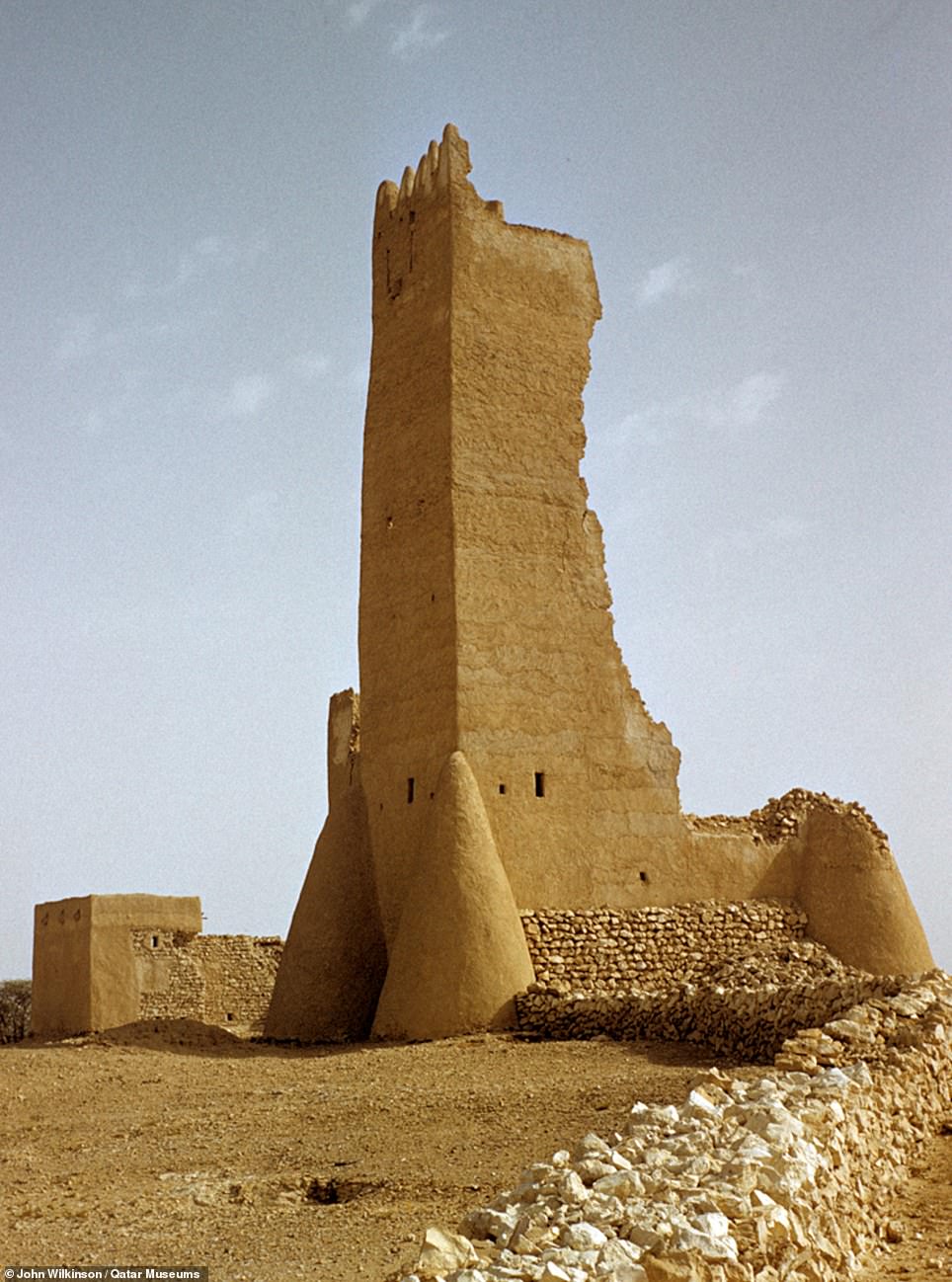
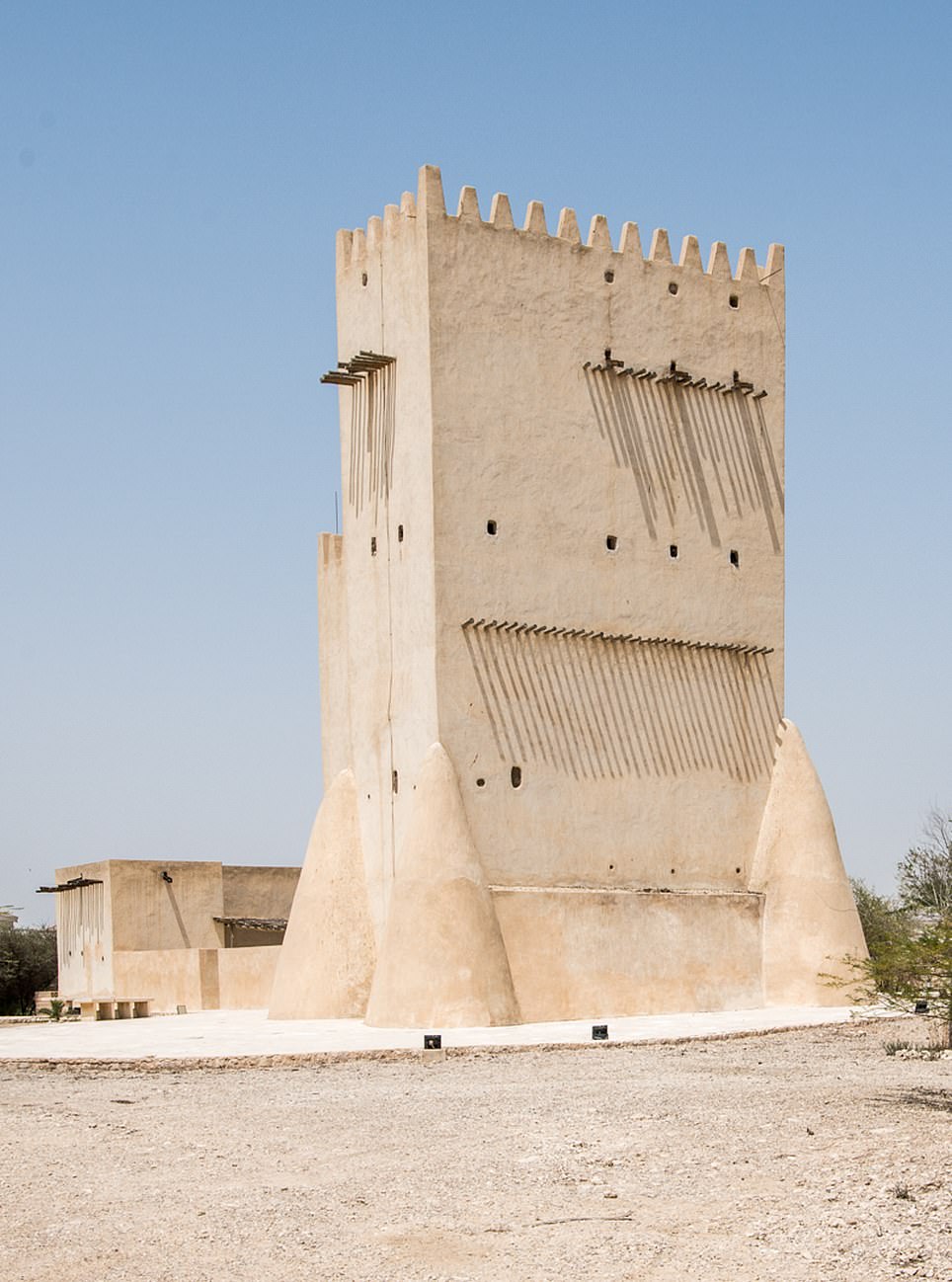 ‹ Slide me ›
‹ Slide me ›
BARZAN TOWERS: To the left, the Barzan Towers are seen circa 1959. The watchtowers were built in the late 19th century. At 16 metres (52.4ft) in height, their name was inspired by their stature – in Arabic, ‘barzan’ means ‘high place’. Bringing them back to their former glory, the towers underwent a restoration in 2003
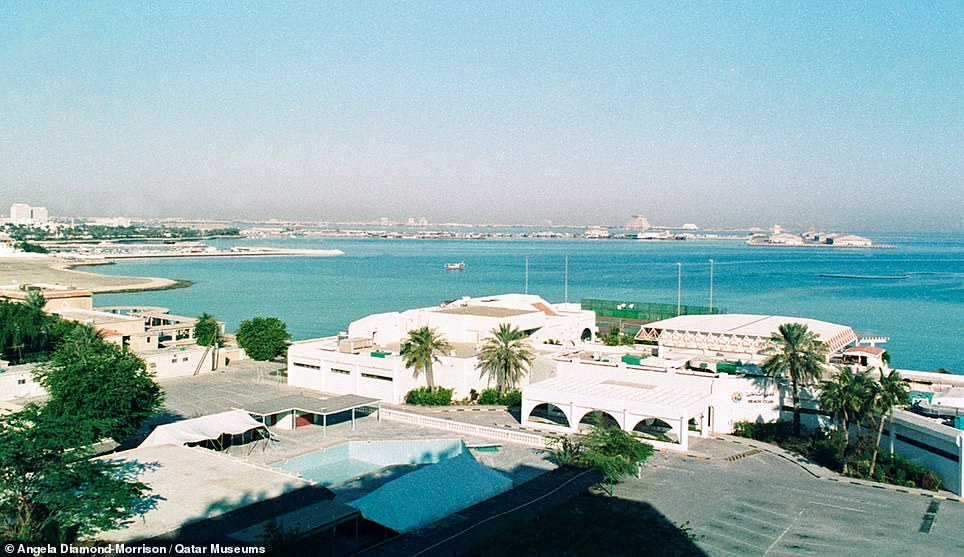
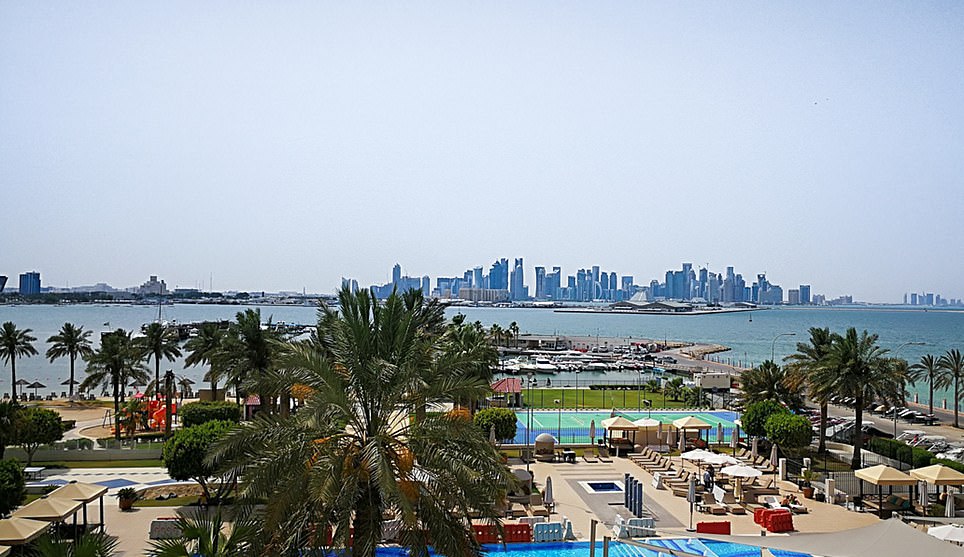 ‹ Slide me ›
‹ Slide me ›
VIEW FROM GULF HOTEL: On the left, you’ll see the view from the Gulf Hotel in the 1970s, after construction on the Sheraton Grand had been completed. In the decades that followed, the rise of skyscrapers on the horizon dramatically transformed the view. Large construction projects and new beaches have also altered the vista
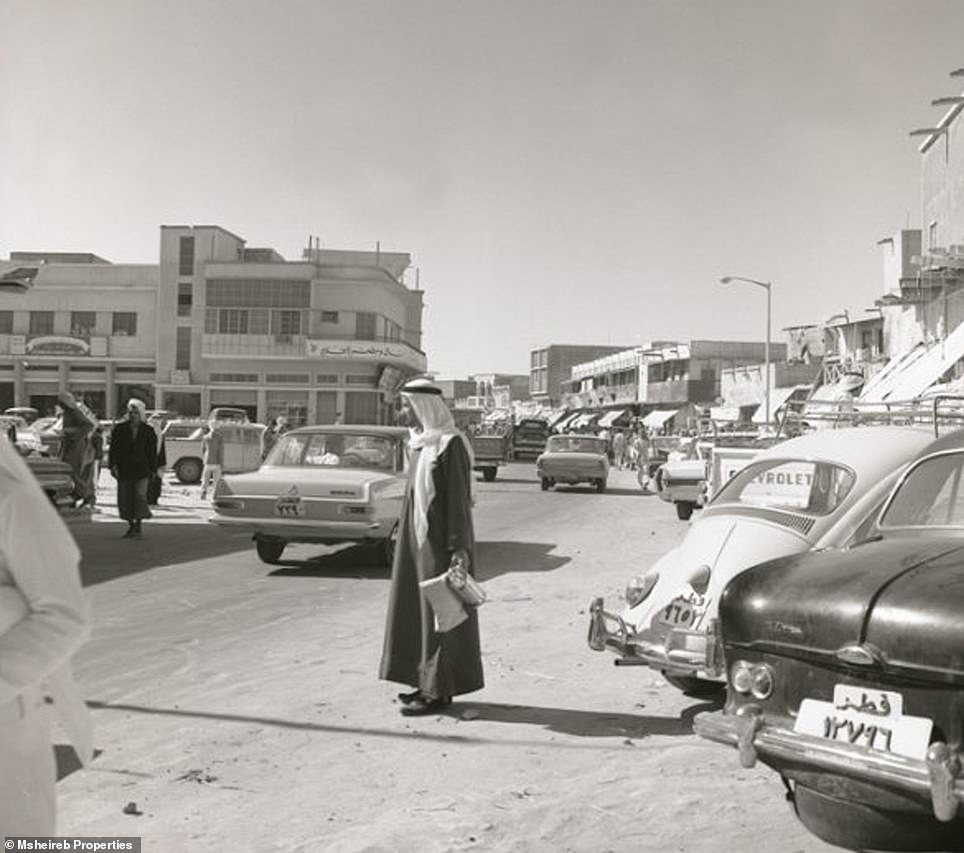
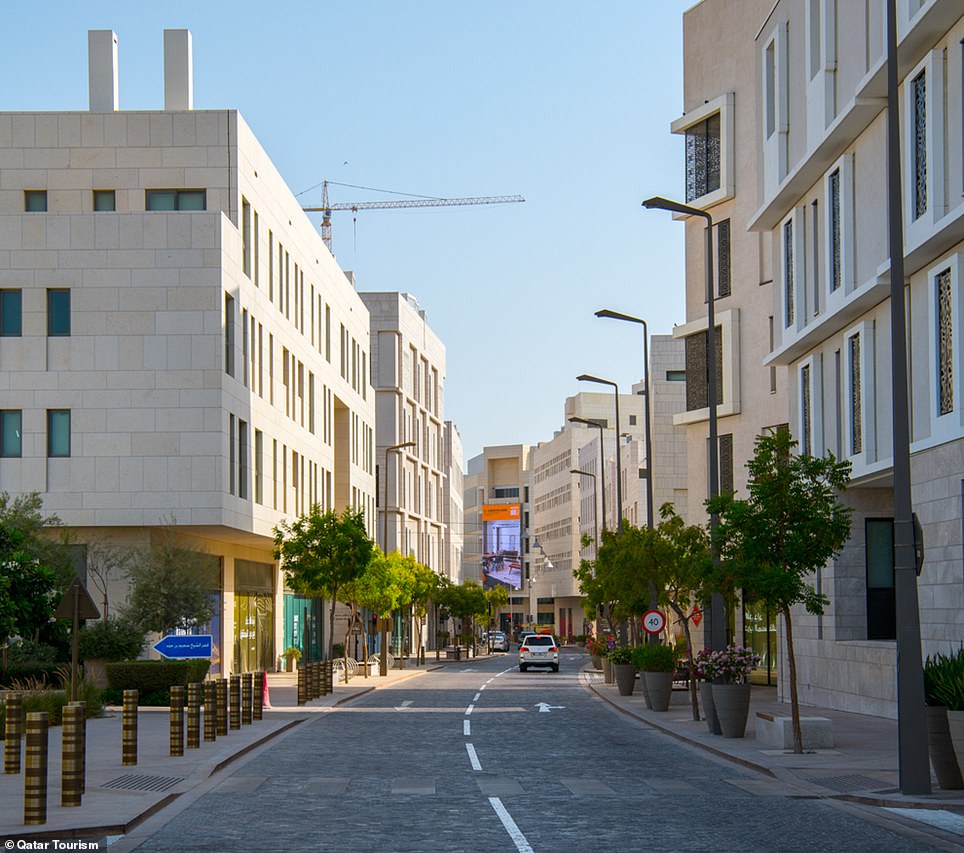 ‹ Slide me ›
‹ Slide me ›
AL KAHRABA STREET: Al Kahraba street in the Msheireb area of central Doha has been transformed as part of the Msheireb Downtown Doha programme, which is ‘the world’s first sustainable downtown regeneration project’. The project is reviving the old commercial district with contemporary Qatari architecture
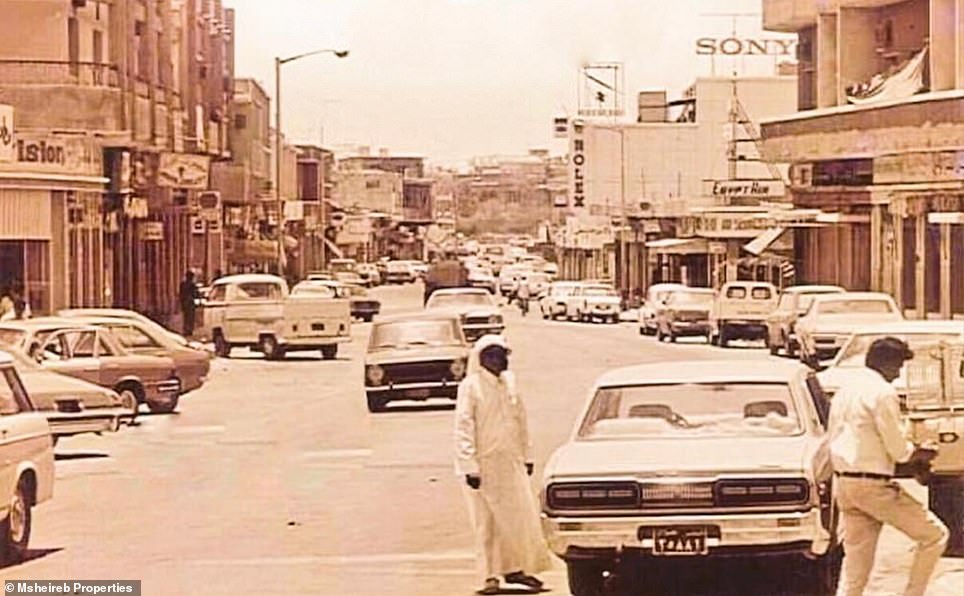
 ‹ Slide me ›
‹ Slide me ›
AL KAHRABA STREET: Al Kahraba street was the first street in Qatar to be fully lit. Its name derives from this fact – ‘kahraba’ means electricity in Arabic. The photograph on the right was captured in 2021. Al Kahraba street, and the surrounding area, are now home to luxury townhouses, premium apartments, hotels, museums, and offices. According to Qatar Tourism, the area ‘blends Qatari heritage and aesthetics with modern technology’
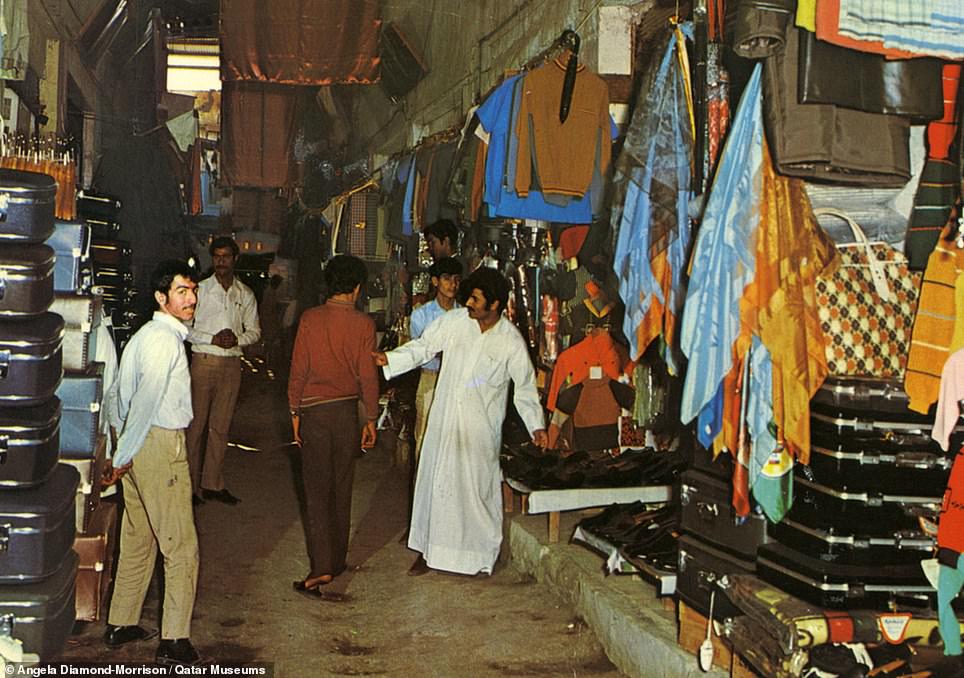
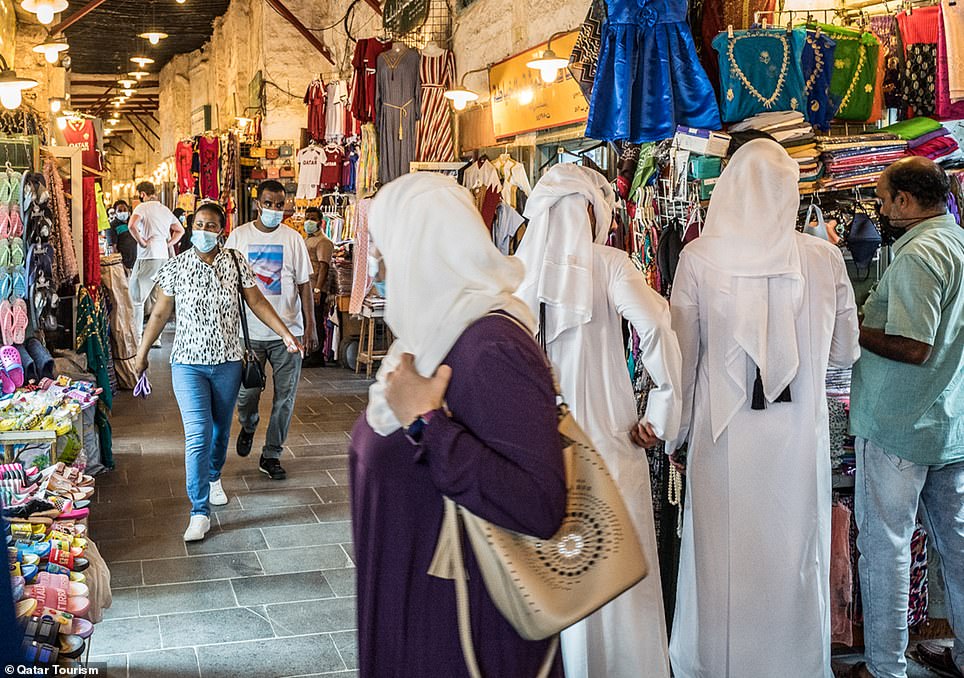 ‹ Slide me ›
‹ Slide me ›
SOUQ WAQIF: Cast your eye to the left and you’ll see the traditional Souq Waqif marketplace in the 1970s. Fast forward to the modern-day and the Souq Waqif remains an important part of daily life in Doha. Thanks to its central location in the city, the souq attracts locals and tourists alike
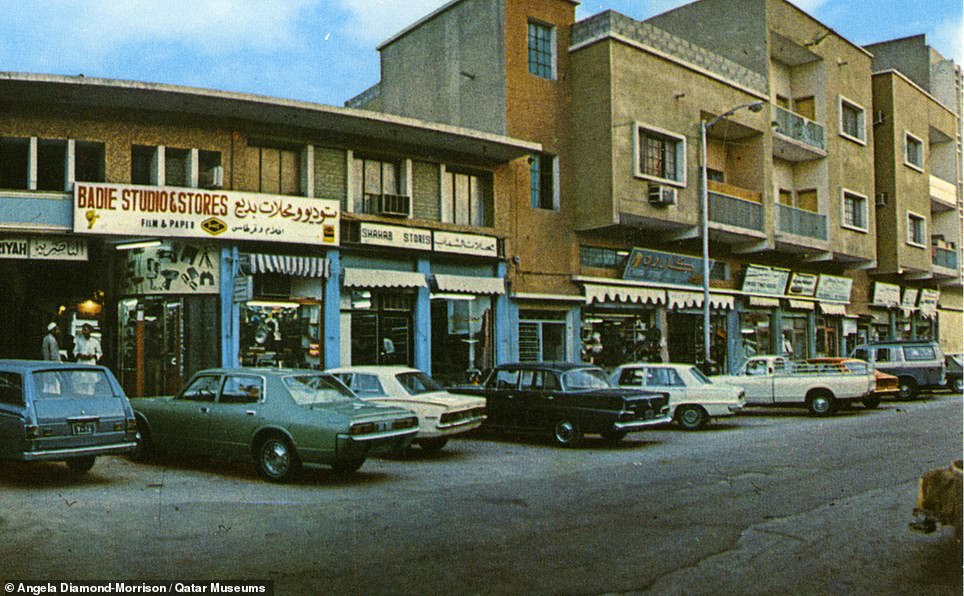
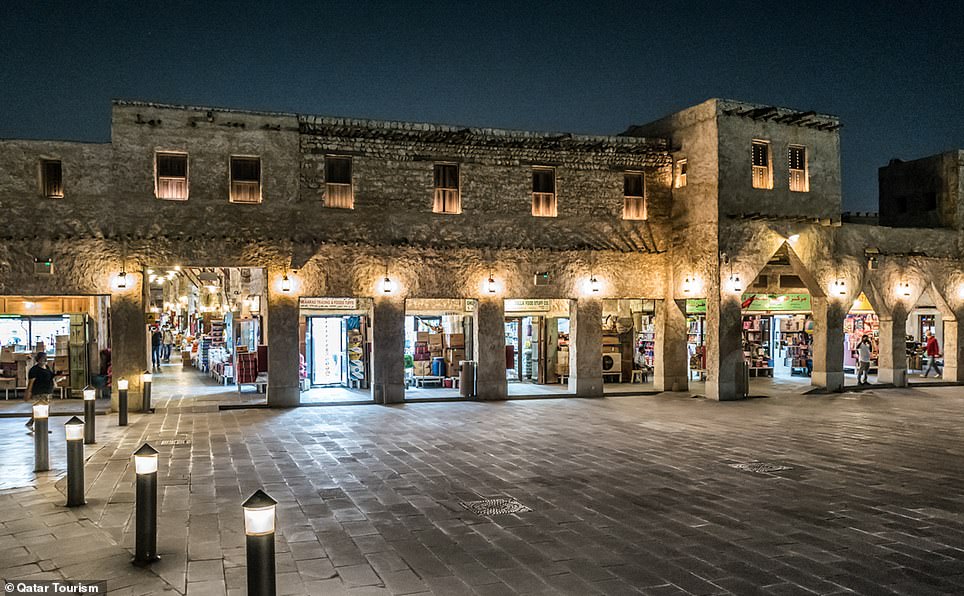 ‹ Slide me ›
‹ Slide me ›
SOUQ WAQIF: The Souq Waqif is built on the site of Doha’s century-old trading market, near the waterside. In the 70s, the marketplace had space for visiting vehicles to park alongside the shops. Today, however, most drivers park in the area’s underground car park
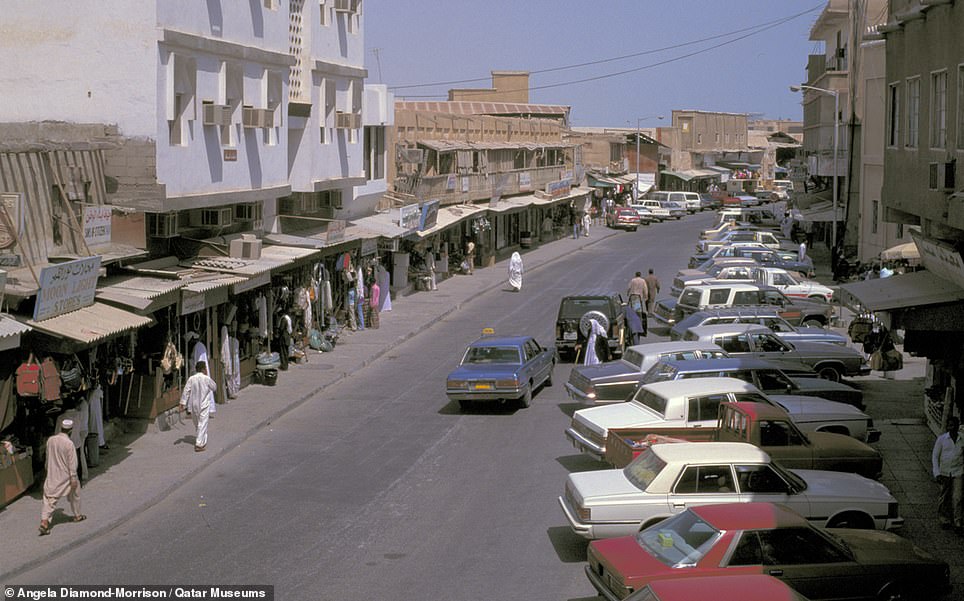
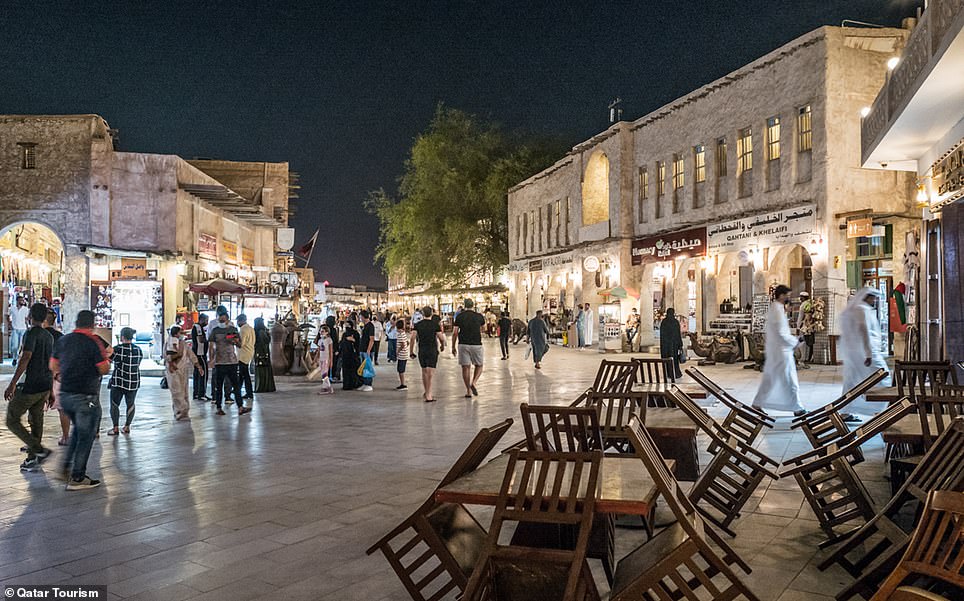 ‹ Slide me ›
‹ Slide me ›
SOUQ WAQIF: The Souq Waqif fell into decline near the end of the 20th century. Further destruction occurred in 2003 when a fire ravaged most of the marketplace. In the years that followed, plans were put in place to restore the Souq Waqif to its original historical appearance, and this restoration was finally completed in 2008. The Qatar Tourism board says the restoration ‘has been an incredible success and it [the Souq Waqif] has become one of Doha’s most popular sites’
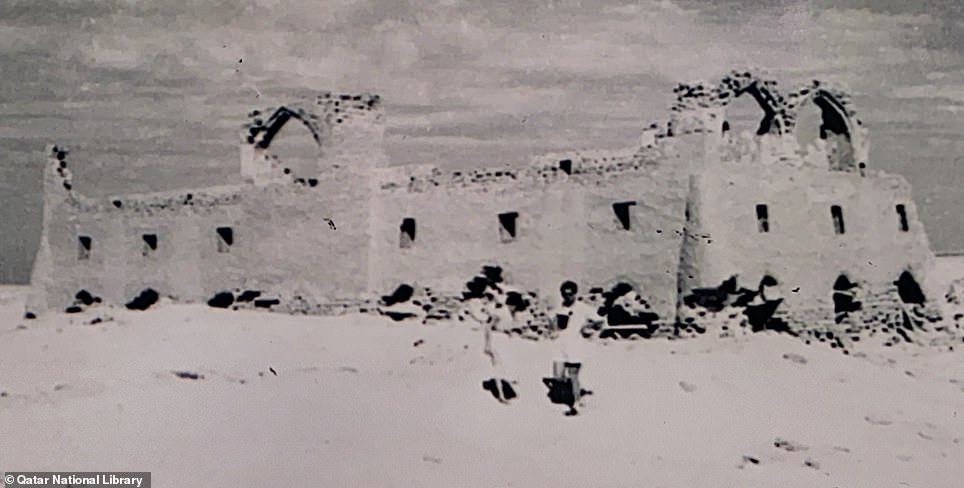
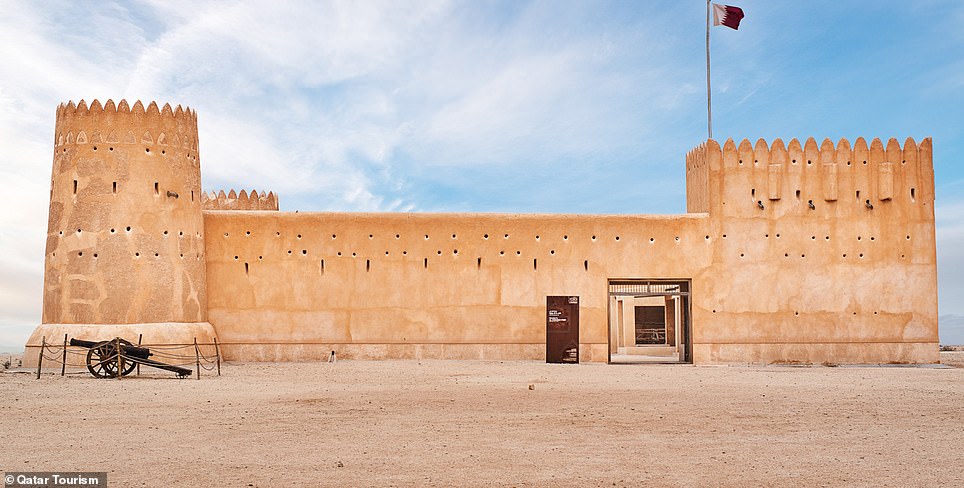 ‹ Slide me ›
‹ Slide me ›
AL ZUBARAH FORT: The image on the left was captured in the 1950s and shows the Al Zubarah Fort, which is the most prominent feature of the Unesco-listed Al Zubarah Archaeological Site. It’s also the youngest feature, having been built in 1938. The Al Zubarah Fort, which has been described as a ‘pristine’ example of a typical Arab fort, features one-metre-thick (3.2ft) walls, which helped to ward off invaders and keep rooms cool throughout the sweltering heat of the summer

 ‹ Slide me ›
‹ Slide me ›
DUKHAN AIRPORT: Pictured on the left is the old Dukhan Airport control tower, which was constructed in the 1930s. It was located in Qatar’s first-ever airport, which was made obsolete by the grand opening of the Doha International Airport in 1959. On the right, you’ll see that the original Dukhan Airport was recently restored
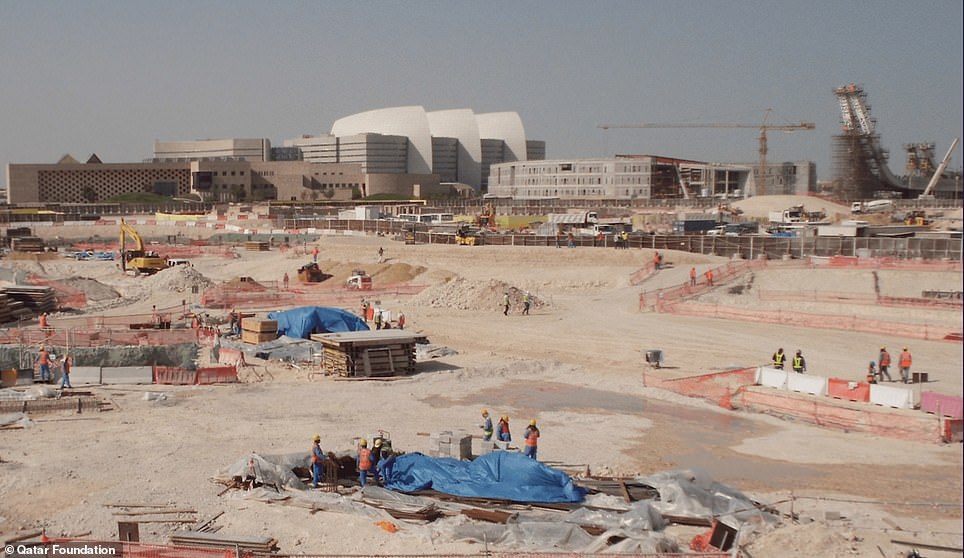
 ‹ Slide me ›
‹ Slide me ›
OXYGEN PARK: The photograph on the left was taken in the early 2010s, when Doha’s Oxygen park was under construction. Sidra Hospital, designed by renowned Argentine-American architect Cesar Pelli, can be seen in the background. The park was inaugurated in 2019. It is based in Education City, the city’s university and learning centre. According to Qatar Tourism, the park has become a ‘green lung’ for the students of the surrounding educational facilities and campuses
Source link : https://www.dailymail.co.uk/travel/travel_news/article-10045083/The-incredible-transformation-Doha-Qatar-revealed-astonishing-pictures.html












